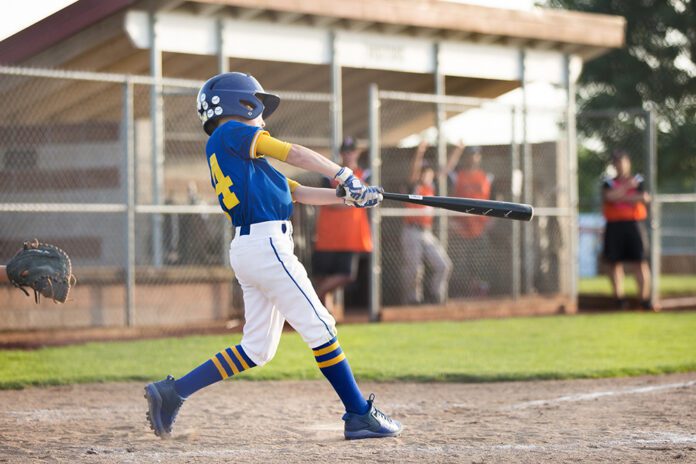My summer featured a great amount of baseball. Many games, many ups and downs, and a lot of dirt and equipment in my car (and everywhere for that matter). I enjoyed every second of it and was routinely fascinated by the growth and development of my children in the games that they play.
Despite the love of the game of baseball, there is one specific element of the game that seems universally dreaded – getting hit by a pitch. The coaches pitch to my youngest and my oldest plays against relatively experienced pitchers, but my middle boy is at the stage where the pitchers are brand new and everyone who steps up to the plate is thinking about an exit strategy. Some kids step up without any concern, oblivious to the dangers. Others tiptoe in and out of the batter’s box, never able to get comfortable, and still, some need to be physically nudged into the batter’s box by their coaches. It’s a necessary step; these young athletes must learn how to throw strikes and step up to the plate with confidence that they can hit any strike thrown. Inevitably someone will get hit by a pitch and some crying might take place with everyone on the fielding taking a knee. The hit batter gingerly walks to first base as everyone applauds their courage. I recall my oldest son being hit in the head the first time he played “kid-pitch.” It was the best thing that could have happened (he was wearing a helmet of course and he barely felt it)! There is something powerful about getting into the game and stepping up to the plate. A young ball player must face his or her fears to progress as a ball player.
I have heard it said that we learn through mentors and mistakes. I think it is true, but I also believe that reflecting upon a mentor’s teaching and lessons in the aftermath of a mistake is what activates the learning. Mindless repetition cannot create the depth of learning that intentional practice can bring. We must reflect upon experiences to step up to do better this time. It is this pursuit and accumulation of wisdom that facilitates performance. Anyone interested in trying new things and reflecting on the process can gain wisdom.
The first part of wisdom is to desire it (Proverbs 4:7). We must pursue it with courage and wear a helmet if necessary! The second part is prayer and reflection. We must examine our lives and discern the main weaknesses keeping us from living our relationships with excellence. These “weaknesses” might also be known as pain points or obstacles or knots but they might also be considered opportunities to learn and for growth. If you run into an obstacle, perhaps the best response is to realize that there is something to learn here! It might be helpful to think of it this way: Obstacles followed by reflection may lead to progress whereas obstacles without reflection may lead to suffering. In this equation, reflection is quite important and facilitates a thoughtful, trained response rather than knee jerk reaction.
It’s easy to get caught in a pattern of mindless and habitual doing. It is difficult to find and/or make time for prayer and reflection. For years now, I have wanted to develop a daily habit of reflection, namely, the Examen. The Ignatian Examen provides a process for discerning the daily grace and wisdom that God provides to us in life. It’s a way to watch the game film and prayerfully respond with gratitude, humility, discernment, contrition, and resolve. It’s a tremendously important step in the pursuit of wisdom and growth. The day is full of noise, busyness, and activity, but without deep, careful reflection the days devoid of wisdom are effectively all bark and no bite. We succumb to the noise and never learn or grow in “wisdom, age, or grace” (Luke 2:52).
This is why reflection is essential. Activity without reflection leads to ignorance and ignorance is a dark place, but wisdom on the other hand comes from God and He is the Light (John 12:46). The Light produces an active faith that delivers us from darkness. We must have the courage to step up to the plate. To get in, and stay in, the batter’s box, but also to take any bumps and bruises that we are unable to avoid, to pray and reflect so that each time we come to bat, the bright light of Christ may lead us to greater wisdom.






